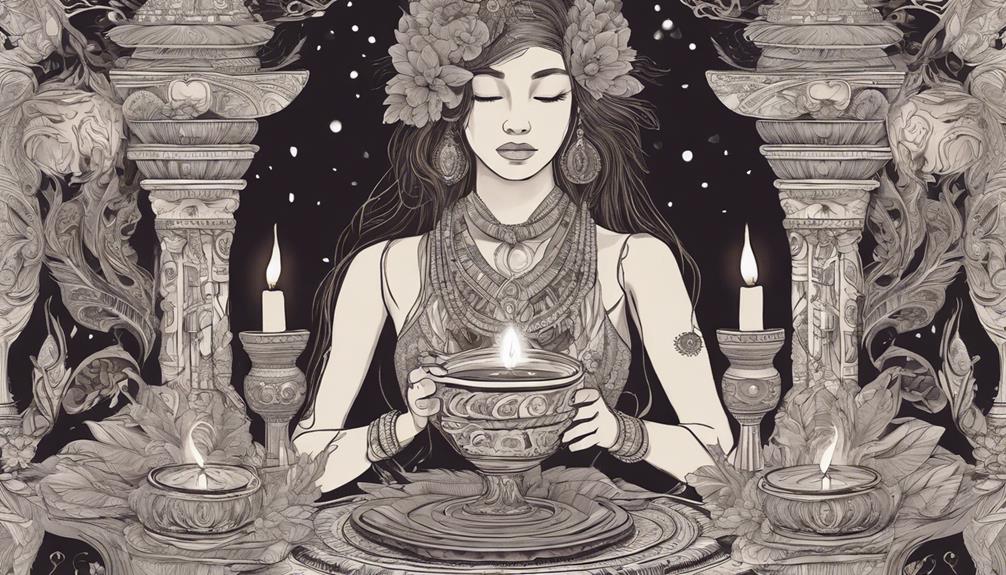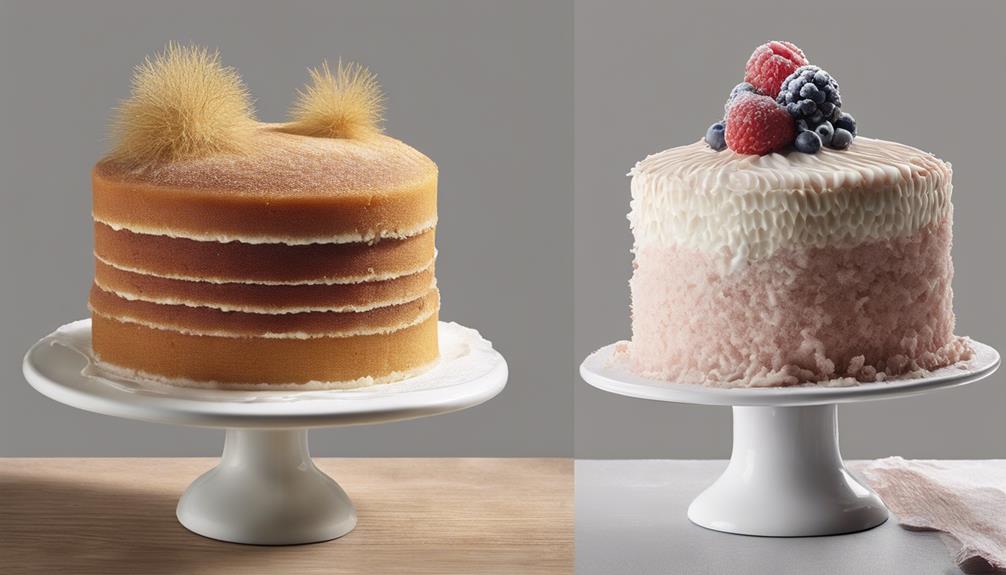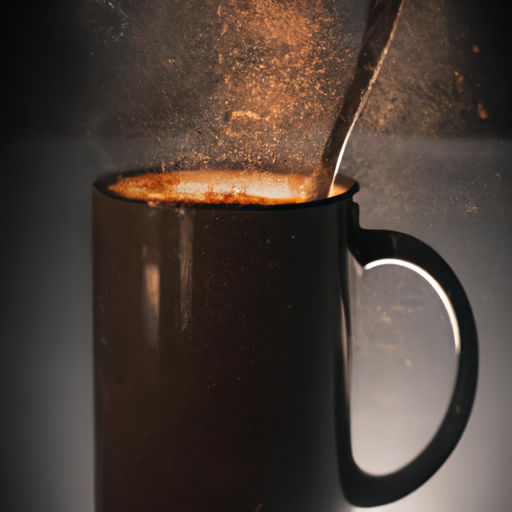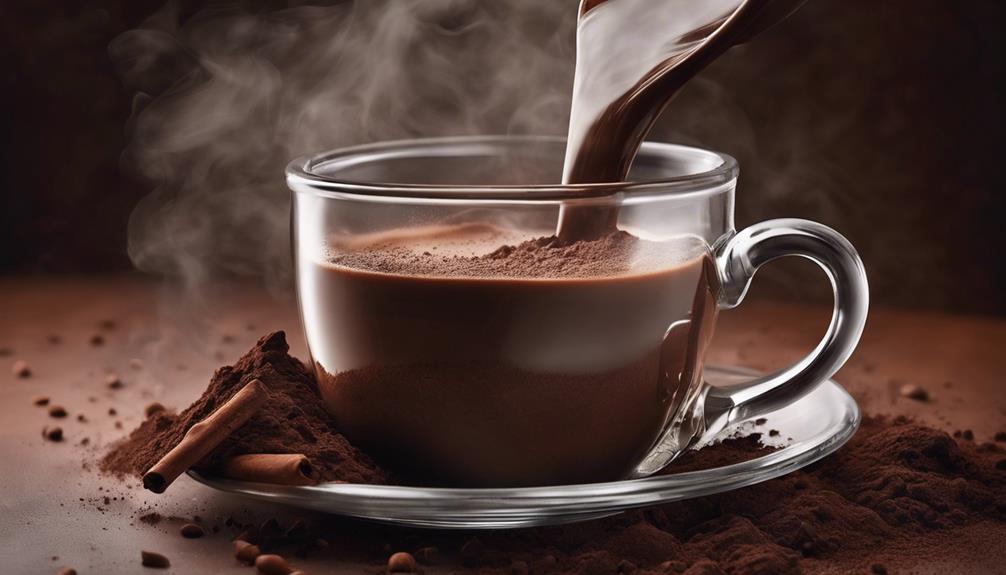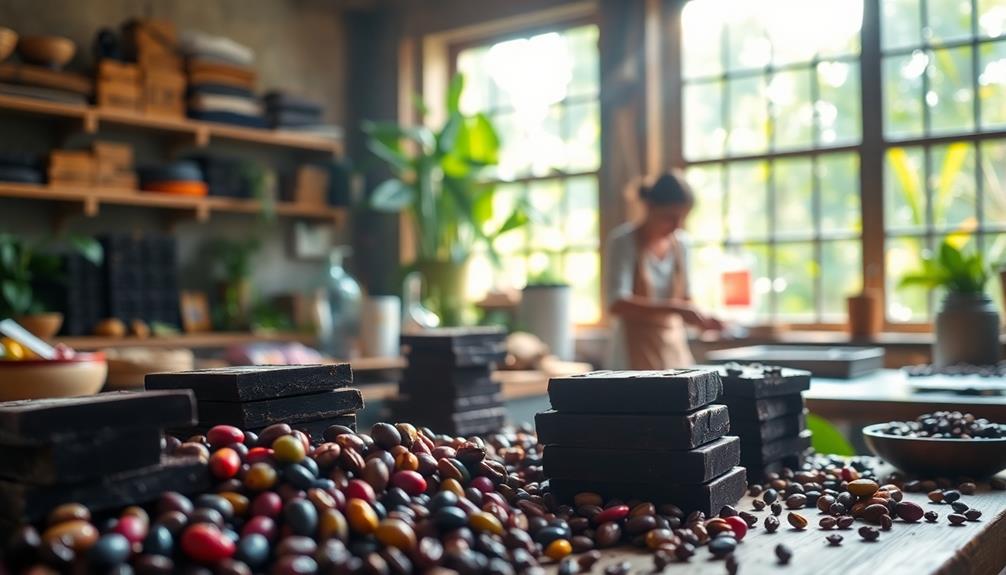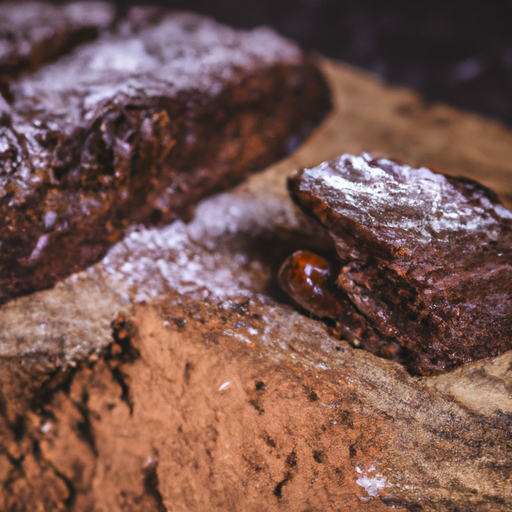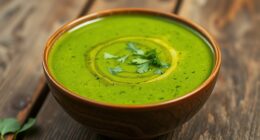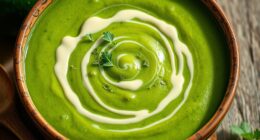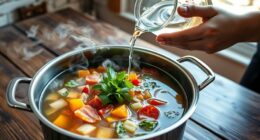Exploring the realm of sacred cacao through ceremonies reveals a journey filled with ancient traditions and spiritual significance. Participating in cacao rituals has the potential to unlock the heart and strengthen connections with the divine, leading to transformative experiences. Whether it’s uplifting mood and supporting emotional healing or inspiring creativity and mindfulness, cacao holds a central role in ceremonies. Its energetic impact can elevate mood, creativity, and spiritual awareness, providing a gateway to realms where the heart and spirit intersect.
Key Takeaways
- Sacred cacao enhances spiritual connection and facilitates healing in rituals.
- Cacao's compounds promote emotional healing, creativity, and mood enhancement.
- Ceremonial cacao preparation is a sacred act that transcends cultural boundaries.
- Cacao rituals open hearts, boost energy, and deepen sensory experiences.
- Theobromine in cacao fosters mental clarity, focus, and relaxation in rituals.
History of Sacred Cacao Rituals
Sacred cacao rituals trace their origins back to the ancient Mayan and Aztec civilizations, where cacao held a revered status and was integrated into various ceremonial practices. The Mayans and Aztecs viewed cacao not just as a beverage but as a sacred gift from the gods, essential for spiritual practices.
In Mayan culture, cacao was so precious that it was often used as currency. The Aztecs believed that cacao was a divine gift from the god Quetzalcoatl, who brought the cacao tree to humanity. This deep reverence for cacao led to its incorporation into rituals that were central to their societal and spiritual life.
Within these ancestral traditions, cacao played an important role in connecting individuals to the divine, opening their hearts, and fostering a sense of unity and balance. The spiritual practices surrounding cacao were designed to honor the plant's sacred properties and harness its ability to heal and restore. Passed down through generations, these rituals continue to be a significant part of indigenous cultures, emphasizing the profound spiritual significance of cacao in facilitating healing and connection with the divine.
Spiritual Significance of Cacao Ceremonies
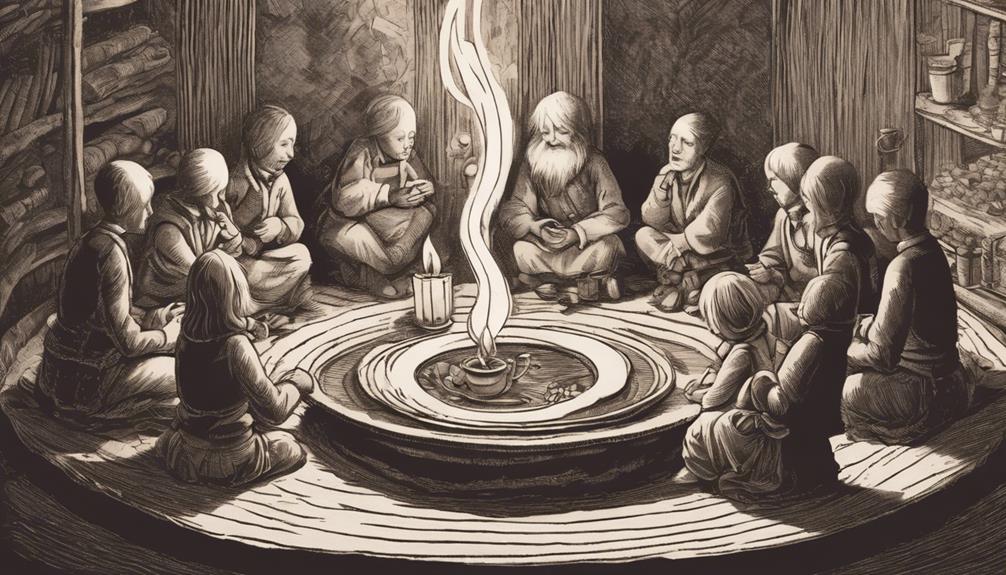
Indigenous communities have preserved the spiritual significance of cacao ceremonies, emphasizing healing and self-discovery through ancient rituals. These ceremonies, rooted in Mayan and Aztec cultures, offer participants a profound journey of introspection and connection with the divine.
In the ceremonial use of cacao, several key elements contribute to its spiritual significance:
- Heart-opening experiences: Cacao's properties in ceremonial settings are known to promote sensations of openness and love, allowing individuals to explore deeply with themselves and others.
- Mood enhancement: The ceremonial consumption of cacao can uplift spirits and create a sense of inner peace and tranquility, fostering a positive emotional state.
- Focus and clarity: Participants often experience heightened focus and mental clarity during cacao ceremonies, enabling them to delve deeper into their thoughts and emotions.
- Healing and transformation: Cacao ceremonies are revered for their ability to facilitate emotional healing, personal growth, and profound transformations within individuals.
Engaging in these ceremonial practices can lead to a transformative and enriching spiritual experience, guiding individuals towards a deeper understanding of themselves and the world around them.
Benefits of Sacred Cacao Consumption
When consuming cacao in ceremonial settings, individuals may experience heart-opening sensations and mood enhancement attributed to specific compounds found in the cacao bean.
Ceremonial cacao contains theobromine, known for its ability to promote emotional healing and amplify feelings of love and connection. Additionally, compounds like anandamide and PEA contribute to the release of neurotransmitters like dopamine and serotonin, fostering a sense of well-being and reducing stress levels. These neurotransmitters are essential for mood enhancement, promoting happiness and relaxation.
Furthermore, the rich antioxidant content in ceremonial cacao supports heart health and aids in tissue repair, contributing to overall well-being. The theobromine present in cacao offers sustained energy without the jitters often associated with caffeine, enhancing focus, creativity, and mental clarity.
Through the consumption of ceremonial cacao, individuals can access a range of benefits that positively impact both their physical and emotional health, making it a valuable addition to rituals and ceremonies.
The Role of Cacao in Healing

In healing practices, cacao plays a significant role due to its rich content of compounds that promote emotional well-being and heart-centered experiences. Ceremonial cacao ceremonies are deeply rooted in creating a healing experience, allowing individuals to explore their emotions on a deeper level and set intentions for their well-being. Here are four ways in which cacao contributes to the healing process:
- Heart-Opening Sensations: Ceremonial cacao has the power to open the heart, allowing individuals to connect with their emotions on a profound level.
- Mood Enhancement: The compounds in cacao, such as theobromine and anandamide, promote mood enhancement, fostering a sense of emotional well-being.
- Intention-Setting: Participants in cacao ceremonies often engage in setting intentions, which serves as a potent tool for focusing their healing journey.
- Emotional Exploration: Through the ritual of ceremonial cacao, individuals can examine their emotions in a safe and supported environment, aiding in their healing process.
Connection Between Cacao and Creativity
Discovering the deep connection between cacao and creativity reveals a world of inspiration and innovation within ceremonial practices. In rituals, cacao has historically been associated with enhancing creativity and unleashing new artistic pathways.
The use of fine-flavor cacao during ceremonies helps to ground the mind, body, and spirit, creating an environment that nurtures creative inspiration. By engaging in cacao ceremonies, individuals aim to establish a profound connection with the spirit of cacao, believed to stimulate and amplify creative energies.
The intentional preparation and consumption of ceremonial cacao can assist individuals in accessing their creative potential and generating fresh ideas. Through the immersive experience of incorporating ceremonial cacao in rituals, individuals can forge a deeper bond with their creativity and inner vision, allowing for the exploration of innovative concepts and artistic expressions.
Embracing the spirit of cacao in ceremonies can be a transformative journey towards harnessing creativity and fostering a deep spiritual connection.
Sacred Cacao Preparation Techniques

Delving into the intricate process of preparing sacred cacao reveals the profound significance it holds in ceremonial practices. When it comes to the preparation of ceremonial cacao, certain techniques are essential to honor the sacred nature of this ritual. Here are some key points to ponder:
- Grinding Methods: Indigenous communities often employ stone grinding methods to create ceremonial cacao paste. This traditional approach helps preserve the integrity of the cacao beans, ensuring a connection to the earth and the spirit of the cacao.
- Intentional Preparation: The grinding process for ceremonial cacao isn't rushed. It's done slowly and intentionally, allowing for a mindful connection with the cacao's energetic and spiritual properties. This deliberate approach enhances the spiritual essence of the final product.
- Additive-Free Paste: Ceremonial cacao paste is free from additives, retaining the natural richness and nutrients present in the cacao beans. This purity is essential to honor the spirit of cacao and its role in ceremonial rituals.
- Sacred Act: The preparation of ceremonial cacao paste is considered a sacred act, symbolizing respect for the spirit of cacao and the traditions it represents.
Cacao Rituals Across Cultures
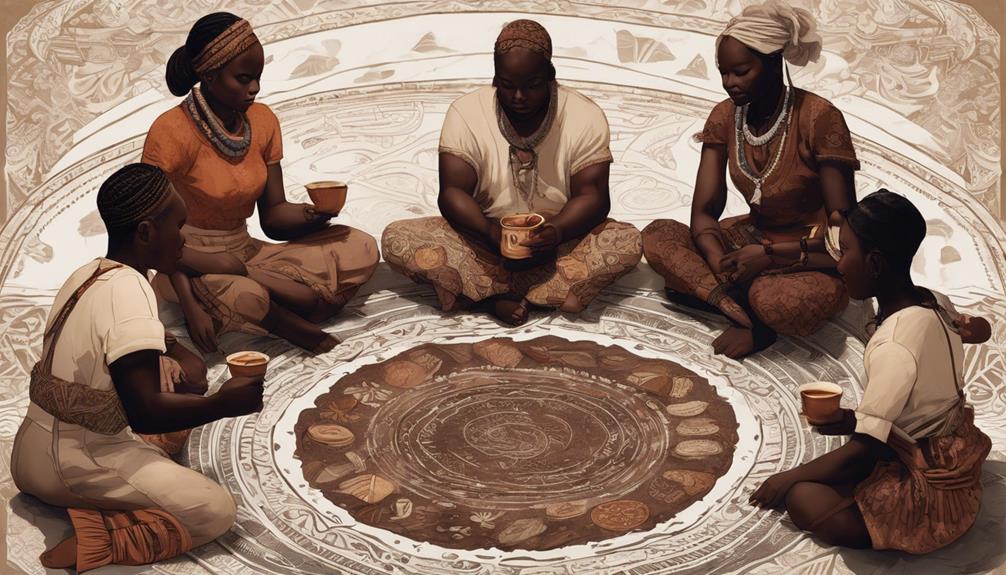
Across diverse cultural landscapes, cacao rituals have transcended boundaries to become revered practices that honor the spirit of this sacred gift. Originating in Mayan and Aztec cultures, cacao was viewed as a divine offering. The Mayans, in particular, incorporated cacao into ceremonies to open hearts and restore balance within their communities. These rituals emphasize gratitude, intention, and reciprocity, fostering a deep connection with the spirit of cacao.
Led by trained facilitators or shamans, traditional cacao ceremonies focus on communal group experiences where individuals come together to partake in the sacred drink. These ceremonies aim to promote inspiration, human connection, and spiritual growth. Through the honoring of cacao and the engagement with its spirit, participants can tap into a profound energy that transcends individual experiences and fosters a sense of unity with the natural world and the Mayan gods associated with this sacred plant.
Cacaos Impact on Mindfulness
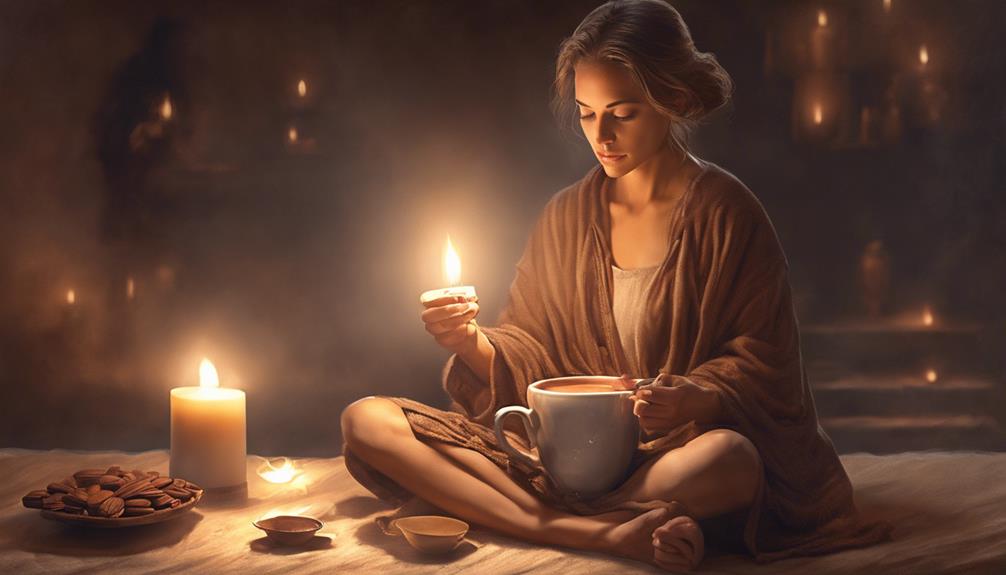
Enhancing mindfulness, ceremonial cacao amplifies the energetic field of the heart, nurturing a profound connection to inner awareness and emotional healing. When consumed in a group setting, cacao's impact on mindfulness intensifies, creating a shared experience that deepens each individual's journey towards self-discovery.
The following aspects highlight cacao's influence on mindfulness during a cacao ceremony:
- Heightened Clarity: Cacao facilitates mental clarity, allowing for a sharper focus on the present moment.
- Inspiration: The properties of cacao inspire creativity and encourage a fresh perspective on one's emotions and thoughts.
- Deeper Sensory Experiences: Engaging with cacao enhances sensory perceptions, making each moment more vivid and engaging.
- Presence: Participating in a cacao ceremony promotes a profound sense of presence, grounding individuals in the now and fostering a deeper connection with themselves and others.
Through the subtle yet potent effects of cacao, mindfulness flourishes, enriching the overall experience of rituals and inner exploration.
Enhancing Meditation With Cacao

When meditating, using cacao can help enhance focus and relaxation.
The theobromine in cacao promotes a calm and alert state of mind, perfect for deep meditation sessions.
Incorporating cacao into your meditation rituals can create a more profound and intentional space for inner exploration.
Cacao for Focus
Incorporating cacao into meditation practices can greatly enhance focus and mental clarity. When I sip on ceremonial cacao before meditating, I notice a significant improvement in my ability to stay present and attentive. Here are some ways that cacao can help you focus during your meditation sessions:
- The theobromine in cacao boosts mental clarity.
- Phenylethylamine triggers dopamine release, promoting a positive mindset.
- Cacao's nutrients support cognitive function for deeper meditation.
- Consuming cacao prior to meditation can enhance creativity and the overall experience.
With its mood-enhancing properties, cacao creates an ideal environment for productive and focused meditation.
Cacao for Relaxation
Cacao's calming effects enhance relaxation and deepen the meditative experience. During meditation, ceremonial cacao can help quiet the mind and soothe the body, creating a tranquil space for inner reflection.
The theobromine found in cacao promotes a sense of tranquility, allowing for a deeper connection to your spiritual self. By incorporating cacao into your mindfulness practice, you can enhance your ability to stay present and focused.
This heart-opening elixir not only aids in relaxation but also in creating a serene environment for meditation. Drinking ceremonial cacao can promote a heightened sense of awareness, making it easier to connect with your inner self and the world around you.
Cacaos Energetic Influence
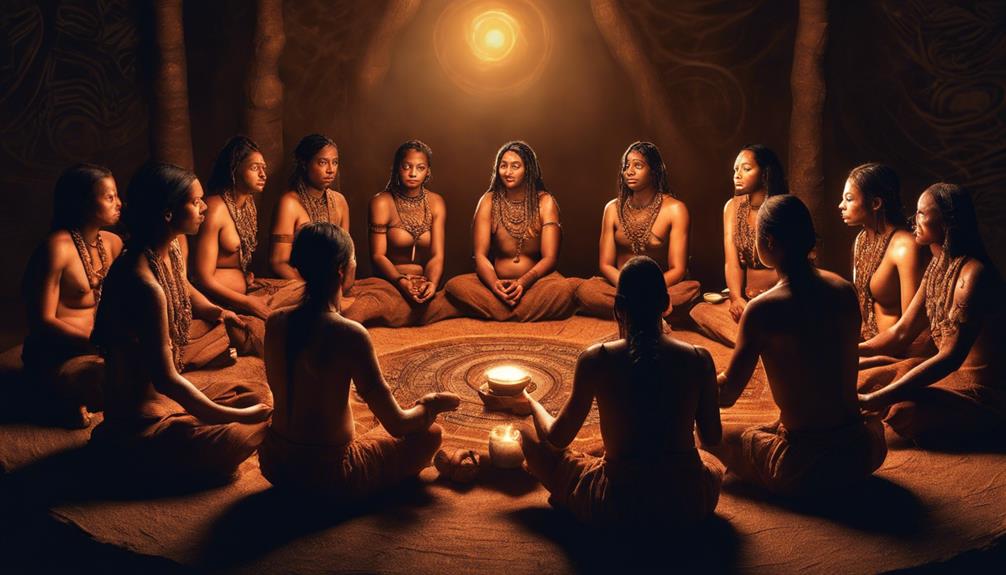
Energizing and heart-opening, ceremonial cacao's influence in rituals enhances emotional connections through its ability to stimulate the heart chakra and promote feelings of love and compassion. The theobromine present in cacao acts as a gentle heart stimulant, fostering a sense of connection and empathy among participants.
In group settings, the energetic effects of cacao are heightened, creating a shared experience that deepens emotional bonds. Additionally, cacao's compounds can enhance mood, creativity, and spiritual awareness, making it a powerful tool for emotional healing and personal growth.
- Cacao's energetic influence opens the heart chakra, enhancing emotional connections.
- The theobromine in cacao acts as a gentle heart stimulant, promoting love and compassion.
- Neurotransmitter-boosting compounds in cacao enhance mood, creativity, and spiritual awareness.
- Participants in cacao ceremonies often report increased energy, focus, and emotional healing.
Frequently Asked Questions
What Does Cacao Do for You Spiritually?
Cacao spiritually uplifts me by opening my heart, enhancing my mood, and facilitating emotional exploration. Its compounds like theobromine and anandamide promote focus and a deeper connection to my inner self.
Why Was Chocolate Used in Rituals?
Using chocolate in rituals was about connecting deeply with tradition, honoring life's pivotal moments. Grounding mind, body, spirit. Chocolate symbolized unity, celebration, strength. It brought people together, marking births, marriages, battles.
What Is the Power of Cacao?
The power of cacao lies in its ability to open my heart, enhance mood, and promote emotional healing. Its compounds like theobromine and anandamide boost focus. Cacao ceremonies connect me spiritually, inviting transformative experiences.
What Is the Religious Significance of Cacao?
The religious significance of cacao lies in its role as a divine gift, fostering connection with the sacred. Mayan and Aztec cultures revered cacao as a symbol of unity and divine creation, honoring its spiritual essence.
How Does Sacred Cacao Play a Role in Rituals and Ceremonies?
In many cultures, the sacred cacao ceremony essence holds a significant role in traditional rituals and ceremonies. The preparation and consumption of cacao are seen as a spiritual experience, bringing people together and fostering a deeper connection with oneself and the divine. The sacred cacao ceremony essence helps facilitate introspection and healing.
Conclusion
To sum up, the power of sacred cacao in rituals is truly remarkable. As the saying goes, 'Where there's cacao, there's magic.'
From its rich history to its spiritual significance, cacao ceremonies offer a unique way to connect with oneself and the world around us.
Whether consumed for healing, creativity, or mindfulness, cacao has a profound impact on our well-being and inner growth.
So next time you sip on a cup of cacao, remember the sacredness and magic it holds.

